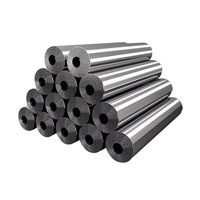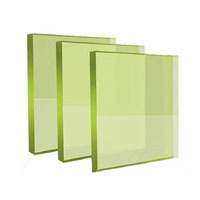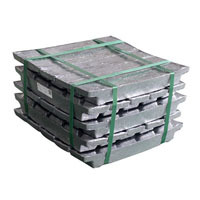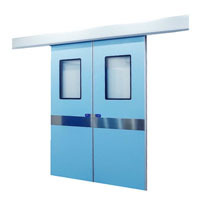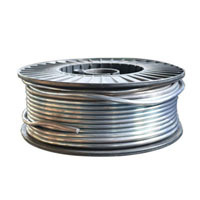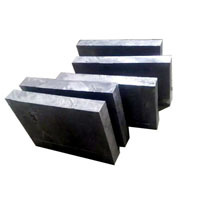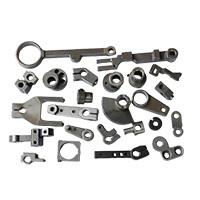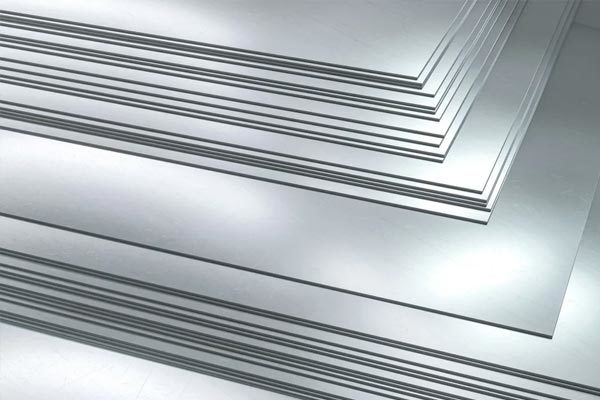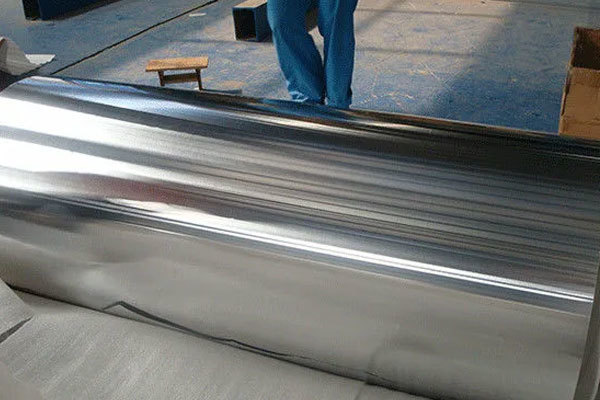Leaded Curtains vs. Fixed Lead Barriers: Choosing the Right Shielding
In healthcare, industrial radiography, or nuclear settings, protecting personnel from ionizing radiation is crucial. Two common options are mobile leaded curtains and fixed lead barriers. This guide will help you decide when to use each based on shielding performance, flexibility, and installation needs.
In healthcare, industrial radiography, or nuclear settings, protecting personnel from ionizing radiation is crucial. Two common options are mobile leaded curtains and fixed lead barriers. This guide will help you decide when to use each based on shielding performance, flexibility, and installation needs.
What Are Leaded Curtains?
Also known as mobile lead curtains or shields, these are portable vinyl or curtain-style barriers containing lead backing. Available in various thicknesses (typically 0.5–2 mm lead equivalency), they are mounted on stands or ceiling rollers, perfect for shielding during specific procedures.
Pros
Portability: Slide into position during procedures like fluoroscopy or portable X-rays.
Compact storage: Fold or roll away when not in use—no structural modifications needed.
Cost-effective: Lower upfront costs and no wall penetrations.
Cons
Limited coverage: Gaps are possible; may not block scatter from all angles.
Lower shielding potential: Compared to fixed installations, max thickness and equivalency are limited.
Stability: Prone to movement or being accidentally bypassed.
What Are Fixed Lead Barriers?
Fixed lead barriers include solutions like walls, windows, doors, and other permanent partitions lined with lead or materials like leaded glass.
Pros
High shielding efficacy: Thicker lead layers (commonly ≥2 mm) offer robust protection.
Comprehensive coverage: Eliminate gaps, ideal for permanent installations.
Regulatory compliance: Meets building codes, safety standards, and often includes lead-lined drywall or concrete.
Cons
High upfront cost: Involves construction, lead-lined window installation, structural work.
Permanence: Not easy to relocate or reconfigure once installed.
Installation time: Requires planning, wall penetrations, and possibly professional consultation.
Quick Comparison
| Feature | Leaded Curtains | Fixed Lead Barriers |
| Mobility | High (portable) | Low (permanent) |
| Ease of setup | Quick deployment | Requires construction/professional install |
| Shielding thickness | Moderate (≤2 mm eq.) | High (≥2 mm eq.) |
| Coverage reliability | Subject to human error | Consistent, gap-free protection |
| Cost | Lower initial cost | Larger investment but long-term solution |
When to Choose Each Option
Use Leaded Curtains When:
Portable or point-of-care imaging (e.g., bedside X-rays, fluoroscopy carts).
Frequent room reconfiguration is needed.
Budget constraints prevent major construction.
Use Fixed Lead Barriers When:
You need a permanent imaging suite or control room (e.g., CT, fluoroscopy rooms).
Regulations demand certified lead equivalency in walls/windows.
Consistent protection with full coverage is essential.
Additional Considerations
Regulatory compliance: Always verify lead equivalency for X-ray energy levels with a radiation physicist.
Space planning: Account for storage space for curtains and ensure room layout supports proper positioning.
Inspection & maintenance: Curtains should be periodically tested for lead integrity; fixed barriers may require checks for cracks or gaps.
Mixed solutions: Often, a permanent barrier forms the primary shield, with curtains or mobile shields supplementing during dynamic procedures.
Summary
Leaded curtains are ideal for flexible, mobile shielding during intermittent procedures—affordable and quick to deploy.
Fixed lead barriers deliver permanent, code-compliant protection with full coverage—best for dedicated imaging rooms.
A combination of both often provides the best balance.
Recommended
Lead glass: a special protective material with both radiation shielding and light transmittance






